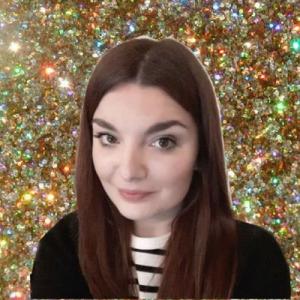As journalists, we have the power to influence the public’s perception of our social and political reality; therefore, we are responsible for offering fair and unbiased coverage and seeking out a variety of voices and perspectives. But while diversity and inclusion have been the talk of the industry for decades, progress is slow.
In mainstream media, women and minorities are still underrepresented. Last year, a survey by the American Society of News Editors showed that women accounted for about 39 percent of all newsroom employees. Minorities rated even worse, at 16.55 percent – down from 2016 – and just short of 14 percent of all newsrooms leaders.
An overwhelmingly male and white industry reflects in the stories and the narratives reported in the news. In 2015, the latest Gender Media Monitoring project revealed that women only made up 24 percent of the people heard, read about or seen across media, and the portrayal of people of color continues to be distorted by racial stereotypes.
Additionally, shrinking editorial budgets often means that news organizations keep relying on the sources and materials that have traditionally been most accessible to them, failing to broaden views on race, gender and identity.
Recognizing the importance of redressing any unintended bias, the following is a short list of available resources to help journalists and newsrooms easily access more diverse and inclusive sources, images and language.
Experts database
SheSource is a database of over 1,340 women experts with media experience, run by the nonprofit organization, the Women’s Media Center (WMC). Free to use, it connects journalists with sources across all industries, championing competent female voices of different backgrounds, ability and geography – although, at the moment, it is mostly U.S.-focused.
Experts are selected by the WMC upon application, and journalists can also subscribe to receive a weekly list of those available to talk on current issues. The profile pages of the women featured in the database include their background information and previous articles and appearances.
Stock photography
Launched in 2017 with the mission to diminish stereotypes and prejudices, TONL specializes in lifestyle and editorial stock photos featuring people of color. They already have over 3,000 images available on their website and they add about 270 new ones every month. Photos can be bought individually or through subscription plans (currently starting at 29 USD for 15 photos per month).
For health, fitness and food-related channels or stories, Representation Matters is a helpful resource. Their stock photos feature models with a diverse range of body shapes and sizes, providing an alternative to the many existing weight loss-centred galleries. Different payment plans are available on the website, but newsletter subscribers receive three free images for personal or commercial use every month.
Inclusive language
If you’re working on LGBTQ people’s stories, GLAAD’s Media Reference Guide includes a glossary of offensive and defamatory terms as well as basic writing tips to ensure a respectful approach to reporting.
In the National Center on Disability and Journalism’s style guide, journalists will find a selection of appropriate and accurate terms on disabilities, indexed in alphabetical order. Each entry also features a short paragraph on the background and practical recommendations for use of each term.
The Religion Stylebook has been created by the Religion Newswriters Foundation for people covering religious topics in mainstream media. It addresses many common style-related concerns about denominations, spellings, capitalizations, titles and even some pronunciations. It is a Creative Commons-licensed tool that is crucial to avoid misunderstandings within such a complex beat.
Violence against women
To fight clichéd representations of violence against women and help people recognize its many different – often invisible – forms, Scottish Women’s Aid and Zero Tolerance charities launched One Thousand Words, a project offering free-to-use images that realistically depict domestic abuse and coercive control. They have already been used by various national and local papers, as well as online publications. The project aims to help more women who are experiencing, or have experienced, domestic abuse see themselves reflected in the photos and feel empowered to seek help.


